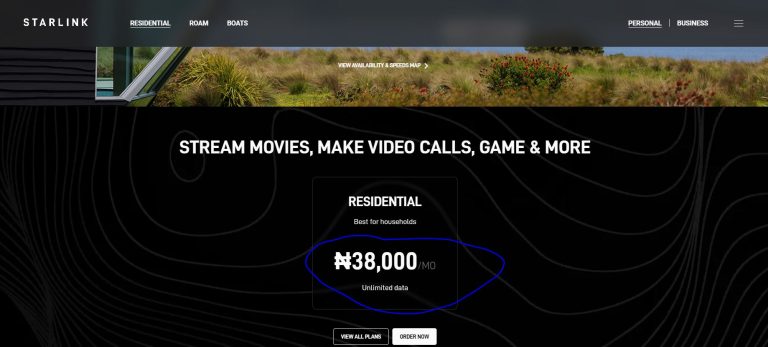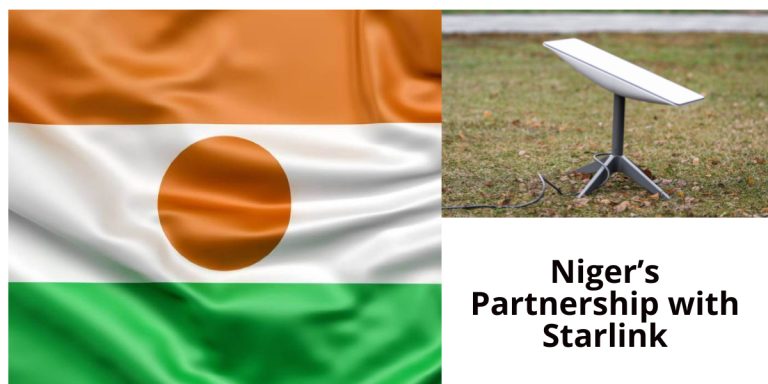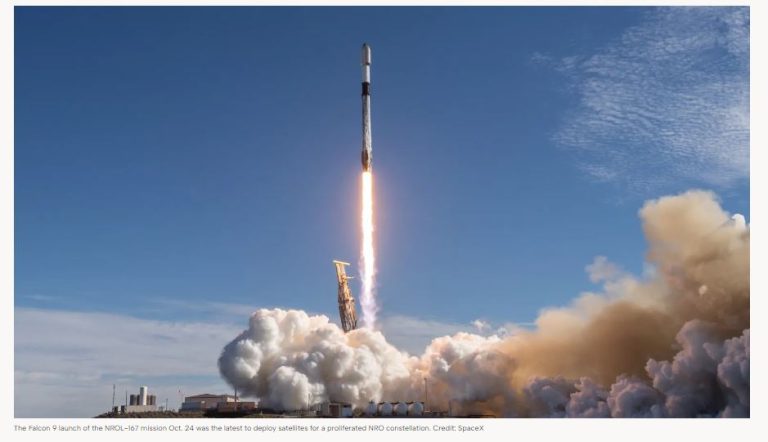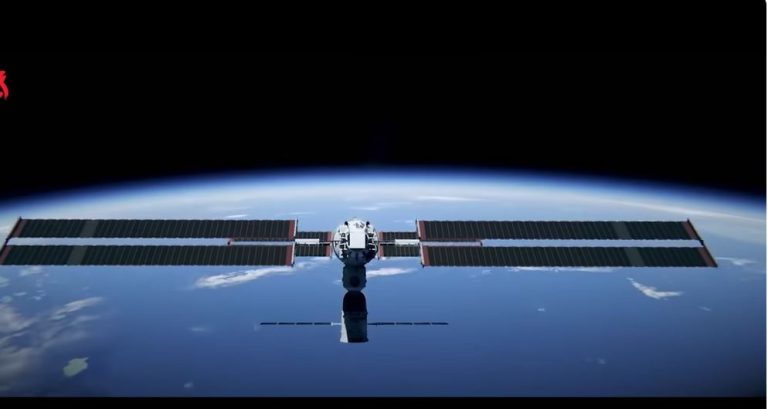Starlink Suspends Internet Price Hike Amid Regulatory Scrutiny in Nigeria
Key Takeaways
- Starlink, a satellite internet provider under SpaceX, announced a suspension on its recent price hike for Nigerian customers.
- The company initially raised prices by 97% but reversed the hike due to regulatory concerns from the Nigerian Communications Commission (NCC).
- Regulatory pressures have impacted Starlink’s pricing structure, prompting further discussions to address customer affordability and compliance.
- This incident highlights the broader challenges of operating satellite internet services in regulated markets.
Background: Starlink and the Nigerian Market
Starlink, the satellite internet service owned by Elon Musk’s SpaceX, launched in Nigeria in 2023, marking a significant step in satellite-based internet offerings across Africa. Nigeria, with a population exceeding 200 million and only about 40% internet penetration, is seen as a strategic market for Starlink’s vision of accessible, high-speed internet.
The launch of Starlink was received with enthusiasm, especially in rural and underserved regions where internet infrastructure remains inadequate. Initially, Starlink provided Nigerian customers with internet plans that were competitive within the ISP market. However, the company recently introduced a price hike, raising monthly subscription rates from ₦38,000 ($24) to ₦75,000 ($48).
Why Nigeria is Important for Starlink
- Large Market Potential: As Africa’s most populous country, Nigeria represents a vast untapped market.
- Infrastructure Limitations: Due to limited fiber-optic coverage, many Nigerians rely on mobile broadband, which can be unreliable and costly.
- Government’s Digital Economy Agenda: Nigeria’s government has prioritized internet access as part of its digital economy policy, creating a favorable environment for providers like Starlink.
“Our vision is to connect every corner of the globe with high-speed internet, especially in places where traditional ISPs cannot reach,” – Elon Musk, CEO of SpaceX and Starlink
The Initial Price Hike and Subscriber Reactions
In September 2024, Starlink announced an almost double increase in its monthly subscription fees. This change was purportedly due to inflationary pressures and operational costs, as the company sought to maintain consistent service quality.
Breakdown of Price Changes
| Service Plan | Previous Price (₦) | New Price (₦) | Percentage Increase |
|---|---|---|---|
| Monthly Subscription | 38,000 | 75,000 | 97% |
| Installation Kit (New Users) | 440,000 | 590,000 | 34% |
For rural subscribers, the increase was substantial, as Starlink often represents the only high-speed internet option. Many customers criticized the sudden increase, which forced some to reconsider their subscription. The Association of Licensed Telecommunication Companies of Nigeria (ALTON) also expressed concern, referring to the hike as a “regulatory affront” and an unexpected financial burden for consumers already facing economic challenges.
Regulatory Interference and NCC’s Response
NCC’s Initial Reaction and Starlink’s Compliance
The Nigerian Communications Commission (NCC), responsible for regulating the telecom sector, issued a directive to block Starlink’s price hike due to a lack of regulatory approval. According to the NCC, Starlink’s new rates did not comply with Sections 108 and 111 of the Nigerian Communications Act (NCA), 2003. These sections outline that tariff changes by ISPs must be pre-approved, ensuring that changes are in the public’s best interest.
NCC’s Statement on Starlink
In a media statement, the NCC clarified its stance:
“Starlink did not receive the approval of the Nigerian Communications Commission. The recent price adjustments contravene both the NCA, 2003, and Starlink’s licensing conditions regarding tariffs.” – Nigerian Communications Commission (NCC)
This regulatory pushback led Starlink to suspend its price increase temporarily, promising to issue credits to those who had already paid the adjusted rates. The reversal illustrates the challenges that global tech companies face when adjusting pricing structures in regulated markets.
The Future of Satellite Internet in Nigeria
The future of satellite internet in Nigeria appears promising, yet challenging. While Starlink has demonstrated that satellite internet can bridge the gap in connectivity, regulatory compliance remains a hurdle. Moreover, competition from local ISPs such as MTN, Airtel, and Globacom, who provide mobile broadband, adds another layer of complexity.
- Regulatory Collaboration: Moving forward, Starlink may need to work closely with the NCC to ensure compliance and affordability.
- Customer Retention and Affordability: With fluctuating rates, Starlink must balance operational sustainability with customer satisfaction.
- Innovation in Cost Management: Exploring ways to lower the high costs of satellite deployment and equipment installation could help make satellite internet more accessible.
“We remain committed to providing high-speed internet in Nigeria, but we need regulatory support to make the improvements necessary for a better customer experience.” – Starlink Statement
Comparative Analysis of Internet Providers in Nigeria
Performance Comparison ( Speed may vary depending of the location)
| Provider | Coverage | Average Speed | Monthly Cost (₦) | Primary Technology |
|---|---|---|---|---|
| Starlink | Rural/Urban | 100-150 Mbps | 75,000 | Satellite |
| MTN | Mostly Urban | 40-70 Mbps | 20,000 | 4G LTE |
| Airtel | Mostly Urban | 30-60 Mbps | 18,000 | 4G LTE |
| Globacom | Mostly Urban | 20-50 Mbps | 15,000 | 4G LTE |
Analysis
- Starlink offers the highest speeds but at a premium price, ideal for remote regions.
- MTN, Airtel, and Globacom offer more affordable mobile broadband options but are less reliable in remote areas.
Key Challenges and Starlink’s Potential Solutions
- Regulatory Constraints: Navigating Nigeria’s regulatory environment has proven challenging. Starlink may need to consider localized pricing strategies that align with NCC’s guidelines.
- Cost of Equipment: The high upfront cost for Starlink’s installation kit remains a barrier for many potential customers. Introducing financing options or subsidies could alleviate this burden.
- Customer Support and Local Partnerships: Developing stronger partnerships with local entities could aid Starlink in adapting its service to the Nigerian market, addressing specific needs and regulatory requirements.
- Currency and Inflation Sensitivity: Future pricing models may benefit from indexing to currency fluctuations to prevent sharp price hikes and maintain customer trust.
Conclusion
Starlink’s entry into Nigeria is a significant step towards global internet access. However, the company faced challenges with local regulations. These challenges show how complex it can be to work in highly regulated markets that are still developing. This situation serves as an example. It shows why it’s important to change global business strategies to fit local laws. It also highlights the need to keep services affordable.
By pausing its price hike, Starlink has signaled its commitment to finding common ground with Nigerian regulators, ultimately aiming to offer a sustainable, high-speed internet option for millions of underserved Nigerians. The outcome of these discussions will likely shape the future of satellite internet in Nigeria and other regulated markets around the world.




